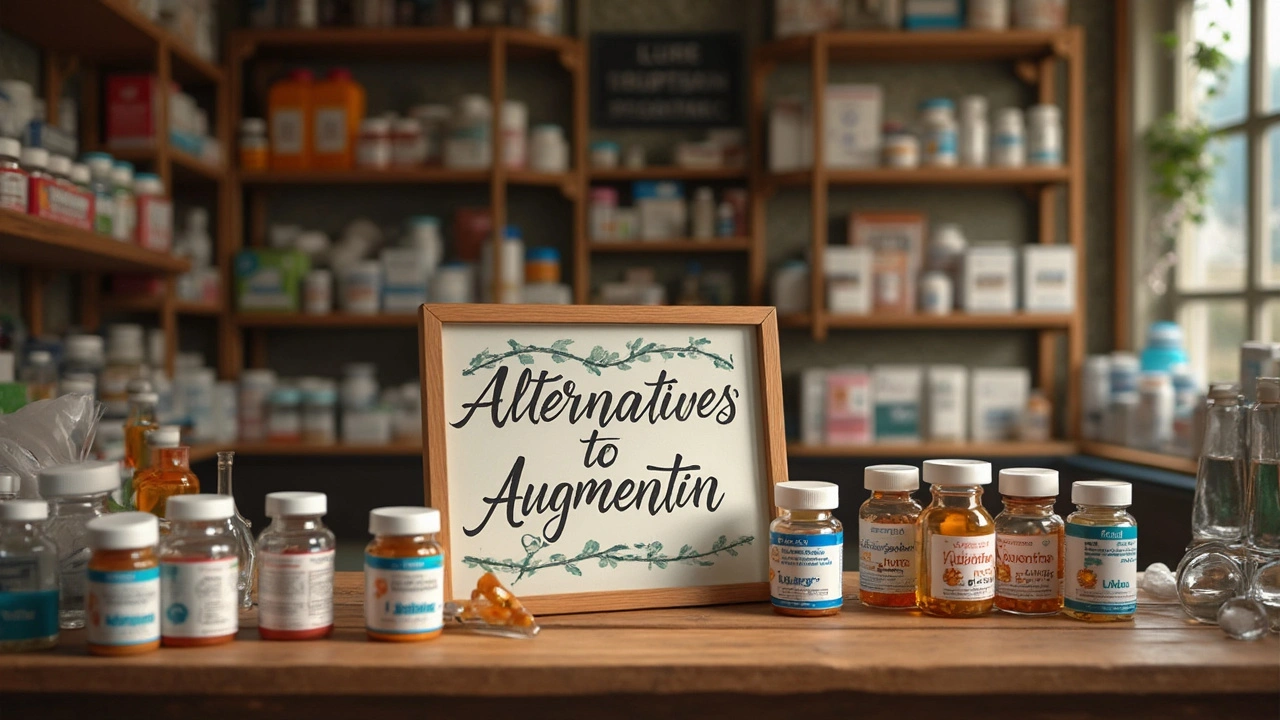Infection treatment: practical steps, antibiotics and safe buying tips
Got an infection and unsure what to do next? Start with two basic questions: where is the infection (skin, throat, urinary tract, etc.) and how severe is it? That helps decide whether you need a home remedy, a prescription antibiotic, or urgent care.
Minor infections like uncomplicated skin cuts or mild sore throats may improve with basic care: clean the area, rest, stay hydrated, and watch for fever or spreading redness. But if symptoms are getting worse, or you have fever, severe pain, blood in urine, breathing trouble, or a weak immune system, see a clinician fast.
Common antibiotics and real alternatives
For common infections doctors often reach for familiar antibiotics. Examples: nitrofurantoin for many uncomplicated urinary tract infections, amoxicillin (or Augmentin) for ear or sinus infections, azithromycin for some respiratory infections, and metronidazole for certain gut or vaginal infections. If a drug can’t be used — allergy, pregnancy, or resistance — there are solid alternatives. For instance, doxycycline or cephalexin may replace amoxicillin for some cases; there are several metronidazole alternatives for protozoal or anaerobic infections.
Always follow a prescriber's choice. Alternatives depend on the bug and your health history. If you need help understanding options, ask your clinician why they chose one drug over another and what side effects to watch for.
Practical safety tips — medications and online pharmacies
Buying medication online is common, but do it safely. Use these checks: the site requires a valid prescription, lists a physical address and phone number, shows pharmacy licensure or certification, and offers secure payment (HTTPS). Avoid sites that sell prescription meds without any prescription or pressure you to buy large quantities.
Before taking any antibiotic, check for drug interactions and allergies. For example, some antivirals and older HIV meds can interact badly with common drugs. If you take many medicines, ask a pharmacist to review interactions. Store meds as the label directs — some antibiotics need refrigeration; others do not.
Finish the prescribed course unless your doctor tells you otherwise. Stopping early can leave lingering bacteria and raise resistance risk. If side effects are severe (high fever, rash, swelling, severe diarrhea), stop the drug and contact a provider right away.
Quick checklist: identify infection location and severity, get a proper diagnosis (urine test, throat swab, wound culture when needed), follow prescribed treatment, verify online pharmacies before buying, and return to care if symptoms worsen. That approach keeps things simple and helps you get the right treatment fast.
Need a specific guide — like safe ways to buy nitrofurantoin online in Australia or choices when metronidazole won’t work? We have focused articles that dig into those exact situations with step-by-step advice and verified sources.

Augmentin, a commonly prescribed antibiotic, isn't the only option available for treating infections. This article explores seven viable alternatives, detailing their pros and cons. Each alternative offers unique benefits and potential drawbacks, providing a comprehensive overview to help patients make informed decisions about their health treatments.






